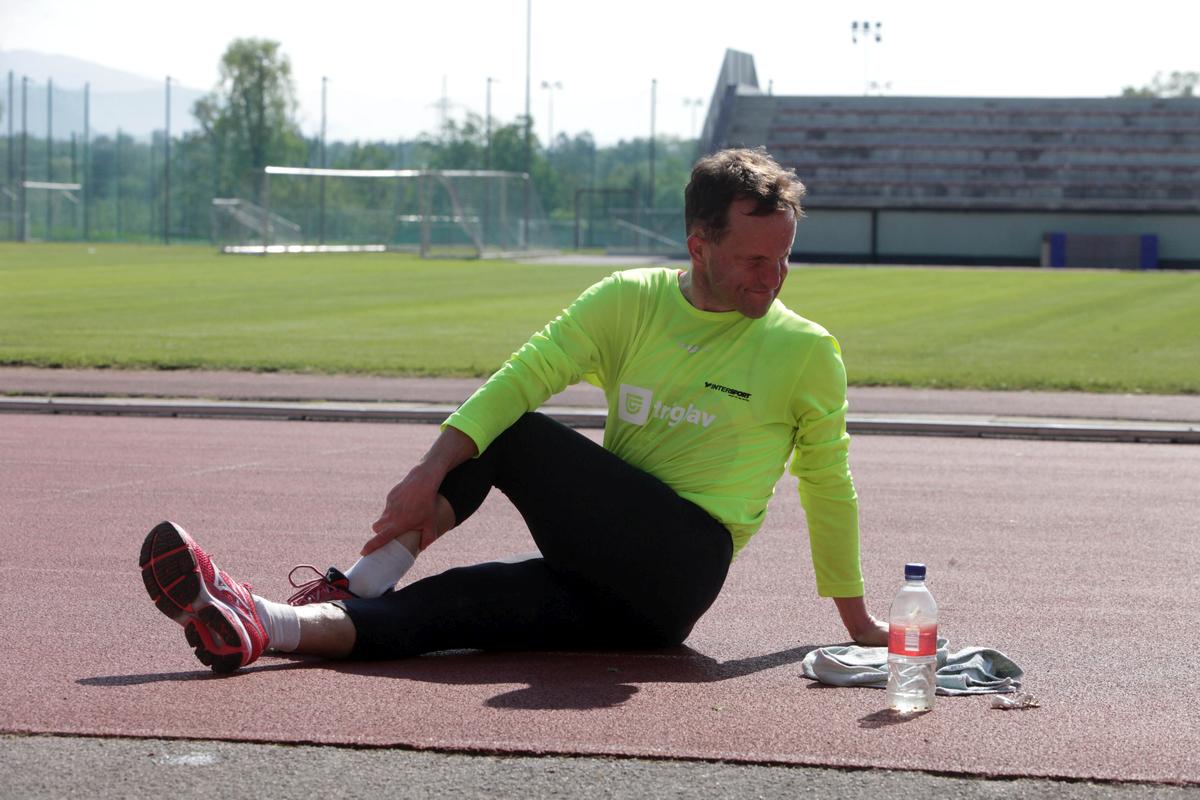
On the last day of the games (September 18), the 43-year old Paralympian will compete for the top spots in the marathon. After all, his best time this year was under two hours and 40 minutes. The track-and-field athlete from Zgornje Duplje worked as a carpenter until his accident in 2005. He spent whole days working, but he liked to spend time together with his friends and a drink after work. The tragedy left profound consequences, but he found his solace in running. In 2008, he ran the 42-kilometer distance at the Ljubljana Marathon for the first time, and in the years that followed, he emerged as a serious candidate for the Paralympics. His big wish is now set to become reality.
“Earlier this year in Dubai, I finished with a time of 2:39:57, fulfilling the A-standard, which was 2:42. I make progress every year. In Hanover back in 2012, when I tried to qualify for the London Paralympics, my time was three hours. A top-ten finish is a realistic goal, but anything is possible. I'll be happiest if I make it past the finish line and say: I gave it my best” says Novak, reflecting on his progress and his goals in Rio.
The native of Slovenia's Gorenjska region also discussed the problems he has when he participates in recreational and competitive runs in which he competes against “ordinary” runners: “The start is important because you must fight to get a good position, while at the same time hoping that the other runners will take care of you. Just imagine how many runners participate in the Radenci and Ljubljana marathons! There can also be problems at the finish line, since the finish is the same for those doing the full marathon and the abbreviated run. And when you run past the finish line at 17 kilometers an hour, it can be awkward when you have people from the shorter run, who tend to be much slower, in front of you. Sometimes, I have to stop because I can't weave past them. I also have to pay attention to potholes and other obstacles such as speed bumps. And some people think my guide and I have escaped from prison because we are tethered to each other! They simply don't know what the tether is for.”

































































